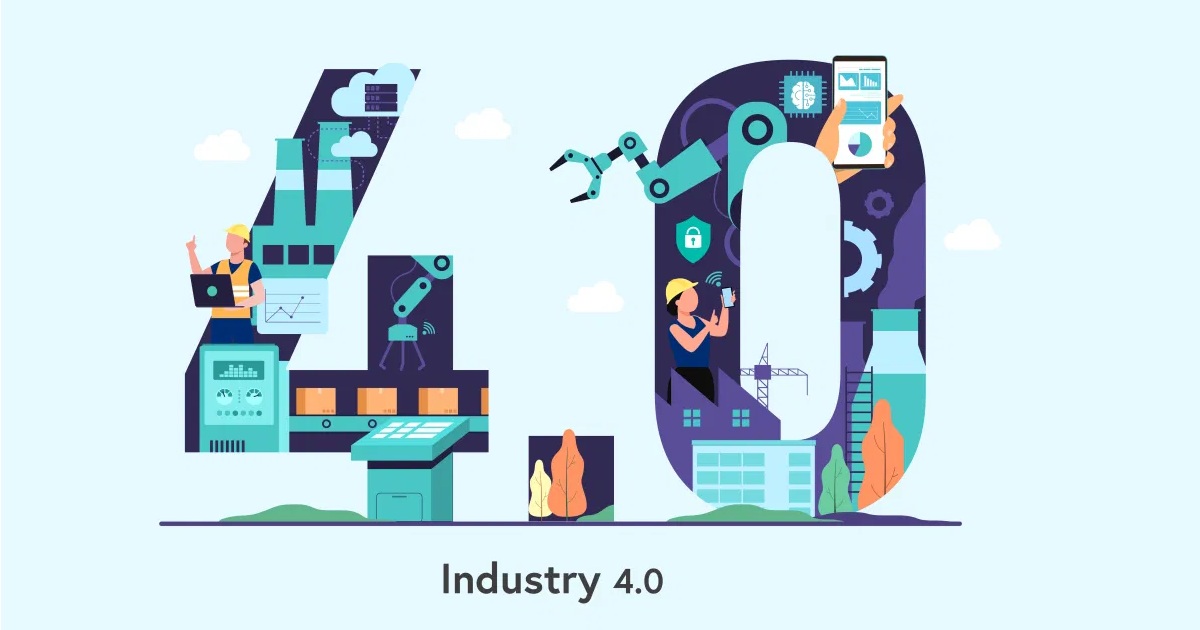Industry 4.0 Expected to be Lead Application for IoT within 5 Years
Newark Electronics | July 08, 2021

Newark, an Avnet Company and global distributor of electrical components, products, and solutions, has published new research on the Internet of Things (IoT) that shows the increasing importance of IoT for industrial automation and control applications critical to delivering Industry 4.0. In addition, Newark’s annual IoT Survey provides new insights on this critical market, including possibilities and challenges for IoT engineers.
0Industrial automation and control (25%), home automation (18%), and artificial intelligence are the top three industry sectors leading the way in IoT applications (12%). Despite the fact that industrial automation and control are regarded as key markets for IoT, it is accepted that Industry 4.0 adoption is slow, include anything to security concerns (32% ), and a lack of business strategy (30%) impeding the adoption and integration of smart manufacturing solutions. Security is the most important factor for developers to consider (29%) when developing their design and their primary concern (36%), followed by connection and interoperability.
The perceived value of data collected by IoT-connected devices plays a significant role in IoT adoption. Devices and systems in the increasingly connected world of smart cities, industries, homes, and cars are now automatically sharing and storing data. This data enables organizations to enhance, boost revenues, or reduce costs across a wide range of business functions, all while providing better quality, greater efficiency, compliance, and predictive maintenance advantages. According to the survey, 48% cited increased productivity and industrial efficiency as the primary reasons for integrating IoT connectivity.
Surprisingly, respondents continue to include AI in their solutions. 39 % said they are currently utilizing AI in their ideas, and 47% said they would incorporate AI in future projects. Environmental sensors are the most frequent sensors used in IoT devices, and they are used to monitor temperature, humidity, pressure, gas, and other variables. In each of the three years that Newark has conducted the survey, there has been a consistent trend. The survey also discovered that many respondents use SBCs as the basis of their IoT designs (48%).
Innovative solutions for smart homes, industry, the marketplace, and government are paving the way for the future of the Internet of Things (IoT). According to research, the Internet of Things will continue to be essential in future designs. Nonetheless, when asked whether their business is playing a leadership role in creating the future of IoT, half of the respondents (49%) indicated that they had 0-25 % confidence that their company will take a lead role in shaping IoT. Only 11% of respondents predicted being ahead of the IoT curve and having a clear vision for its future.
The effect of the COVID-19 pandemic on the IoT industry in 2020 resulted in fast growth in the development of new medical devices and systems, which can drive future demand for better connected medical equipment. IoT is changing the way patients are diagnosed, treated, and monitored and assisting with vaccine tracking, inventory management, and other tasks. A quarter of survey respondents believe healthcare will be the next major sector to benefit from IoT connectivity innovation. The usage of SBCs as the basis of IoT design is also consistent with anecdotal feedback from customers that, during the COVID-19 pandemic, design engineers embraced development kits and single-board computers as they designed at home.
Newark’s 2020 IoT survey also provides insights on ‘wireless vs. wired’ connectivity decisions in IoT design, preferred vendors, the most popular SBCs for new IoT designs, the most frequently used programming languages, and communication preferences.